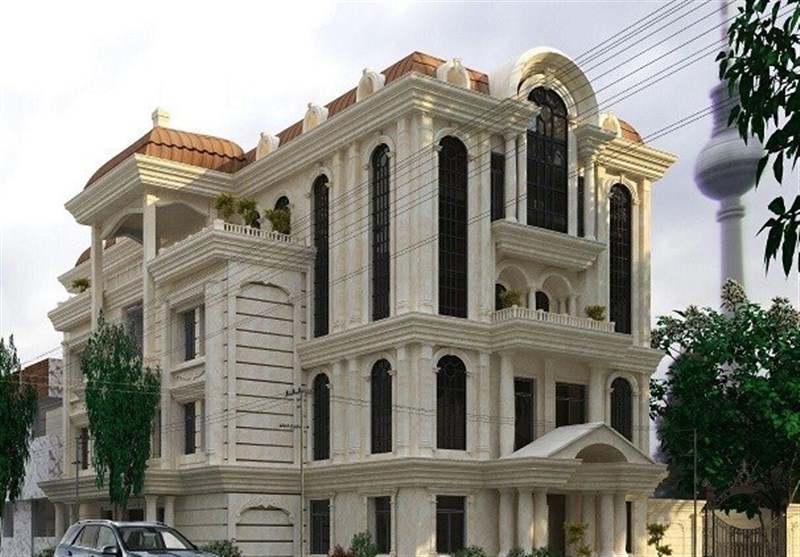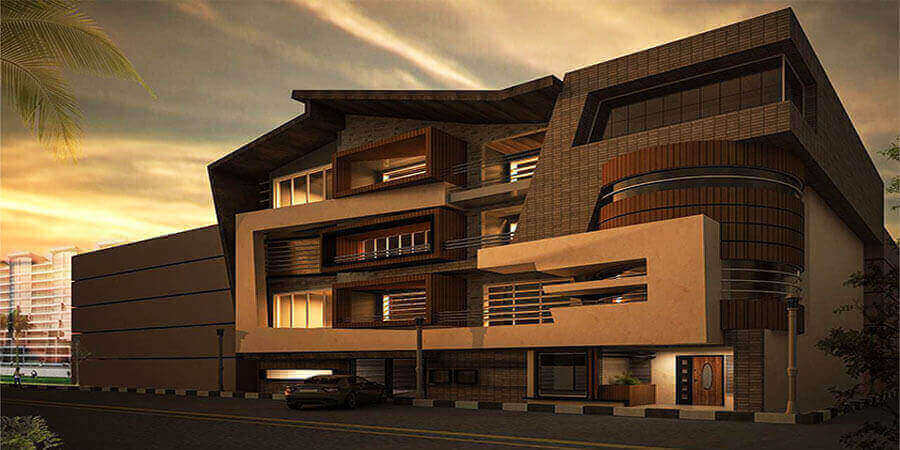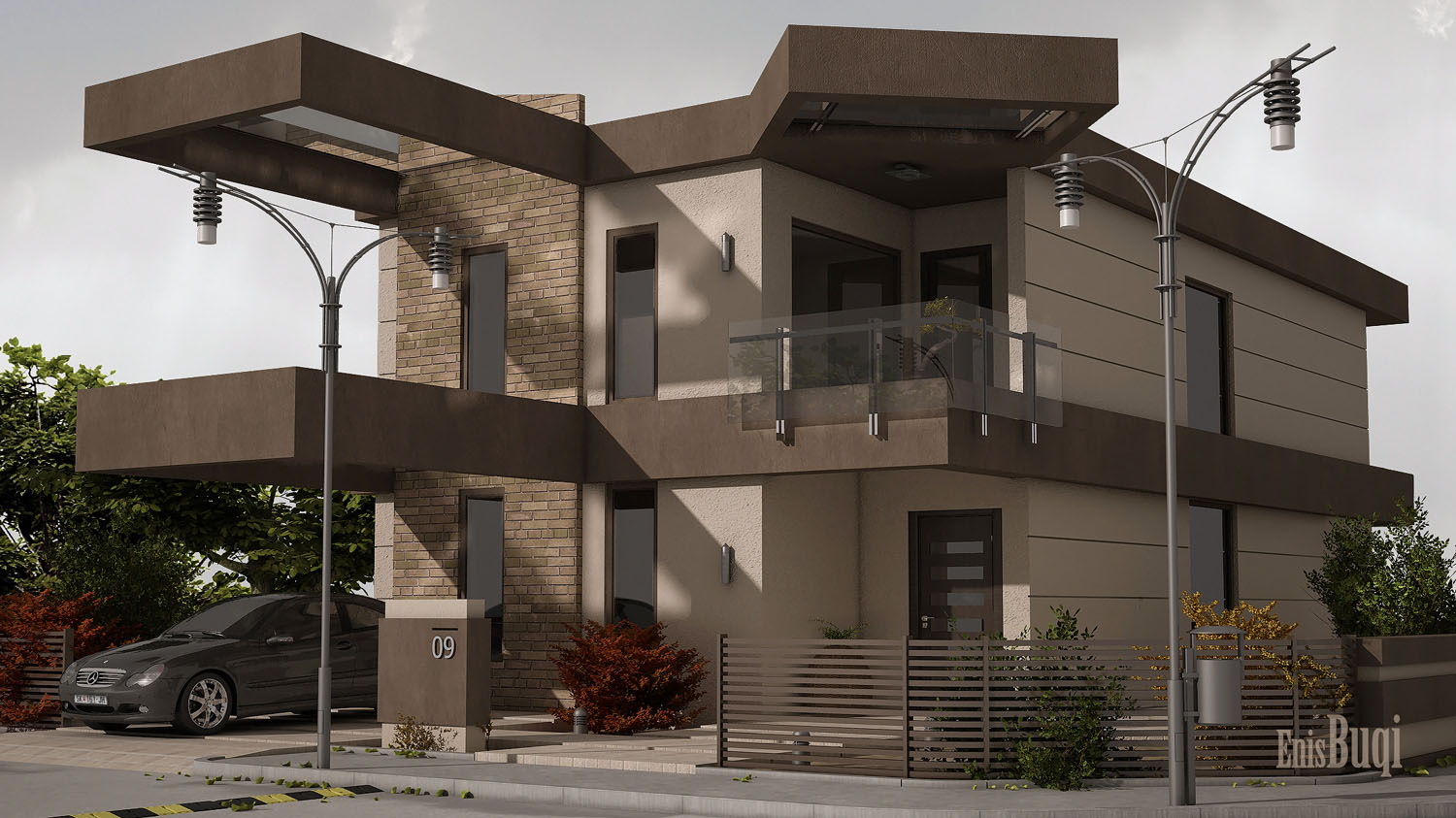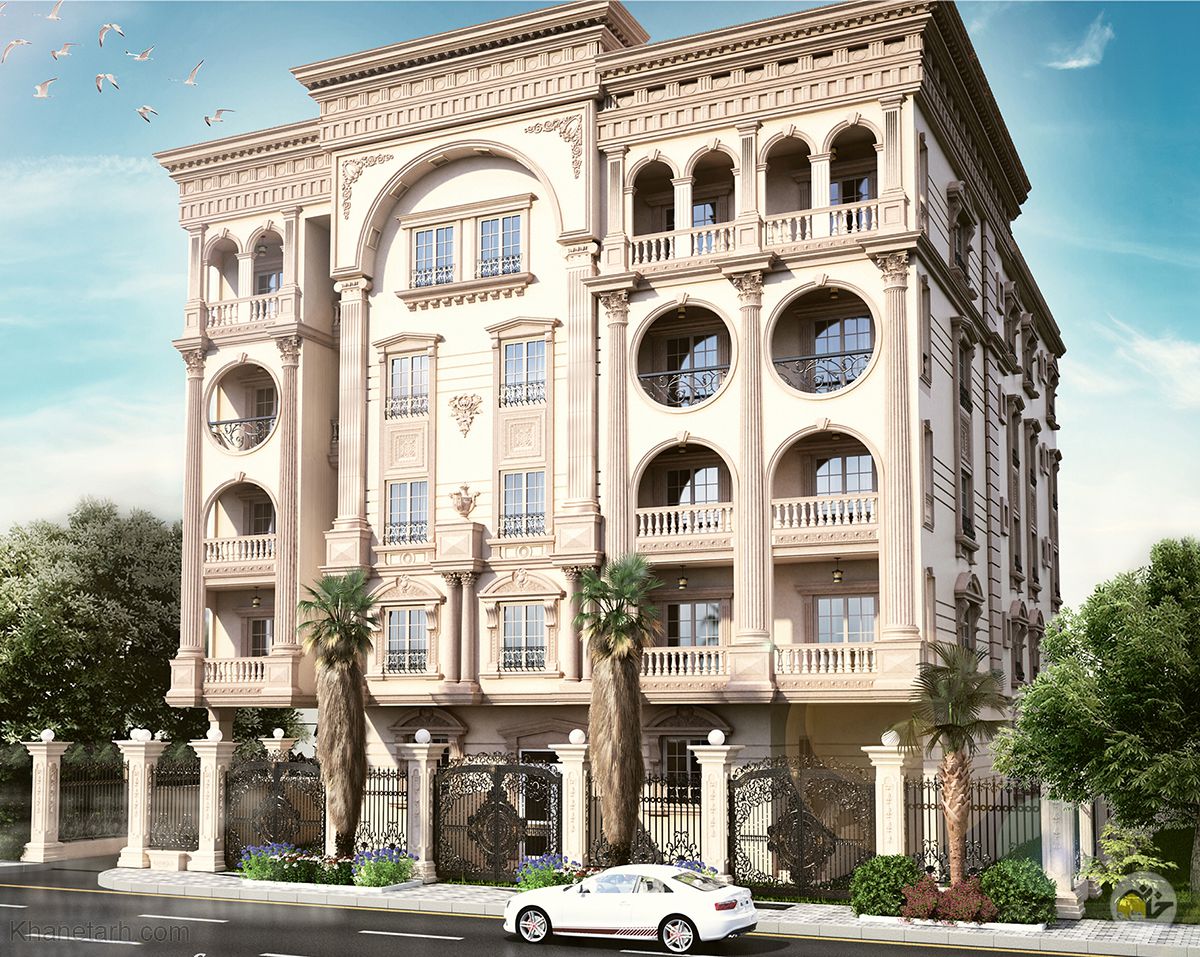building insulated facade

building insulated facade
Building facade is one of the most important stages for any structure.
Building facade not only provides a beautiful and attractive appearance for an environment, but it also protects against environmental factors such as: heat, cold, and humidity, and effectively shields against the effects of sunlight, acting as an insulator.
Given the increase in material prices, various types of facades can be implemented, and depending on geographical locations, some facades may be more suitable for certain areas.
In some provinces of the country, due to their specific climates, facades with a combination of adobe are used to prevent heat from entering the house.
Building facades, in addition to seeking visual aesthetics or identity for a structure, also protect against environmental hazards such as: moisture infiltration, mold, and weather impacts.
The use of certain nanomaterials or waterproofing agents in some environmental facades makes them act like insulation barriers.
Preventing efflorescence on facades is crucial and vital, as it helps significantly in mitigating environmental pollutants that cause discoloration of brick surfaces.
Another characteristic of nano-insulation is its ability to prevent moisture, functioning akin to waterproofing for facades.
Most buildings often face the challenge that if insulation is used in facade construction, the facade remains unchanged in color and condition.
Insulated facade work

Insulated facade cladding
Facade insulation work is a subset of retrofitting services for any facade, divided into three separate categories: moisture, thermal, and sound insulation.
In some building insulation works, nanomaterials are used to prevent penetration or the formation of water crystals inside, effectively insulating the facade completely. These materials have physical properties similar to water, being completely transparent and odorless. They enhance facade durability against UV rays and harsh weather conditions, extending their lifespan by 5 to 10 years.
Other types of facade insulation include suitable resins and thick materials that resemble adhesive in appearance.
Resins are applied as a single-layer coating on the surface. These materials can quickly change the appearance and make the facade shiny.
Another type of insulation is polymer-based. These materials eliminate weaknesses in a facade and protect its appearance. However, the cost of using polymer insulations is higher, and generally not recommended for widespread use.
They use a type of waterproofing sealant called polyurethane adhesive for waterproofing.
These materials have high resistance to harsh weather conditions, high flexibility, and very strong adhesive power.
Polyurethane adhesives are made from silicone and are similar to aquarium adhesives.
Some other sealants are particulate, meaning they function physically like concrete and can serve as a layer of materials when used on the underlying surfaces of facades.
Using these materials is the ultimate solution for facade waterproofing, especially in situations where dealing with negative water pressure is necessary.
Decorative insulated facade

Decorative insulated facade
In recent years, decorative insulated facades have been regarded as a modern style in architecture. This style represents modern architecture.
It is quite unique, and most interior architects use these facades, although decorative facades are more suitable for residential buildings, villas, commercial buildings, and office spaces. However, decorative facades are made in specific styles, designs, materials, and colors, and facades can be a combination of all styles.
The use of decorative facades is typically limited to specific walls or specialized spaces, often combining beautiful and unique lighting compositions. The materials used in decorative facades usually include glass, iron, aluminum, wood, stone, or a combination of these materials.
However, in recent years, various methods and techniques have been used with these products. Decorative facades made of wood have found a specific application because they also act as sound insulation.
As you know, wood serves as a sound insulator. Similarly, some other decorative facades are made of artificial stone, which also acts as an insulator due to the special materials used in them. Therefore, there is increased demand for this type of facade.
The use of special designs, diverse colors, and the creation of uniform or non-uniform textures have led to the emergence of unique and extraordinary facades.
Decorative insulated facades have unique features. One of their characteristics is their waterproof nature and high durability. These facades are very lightweight and can be used in classic models.
In most decorative facades, the weight and the materials used are crucial factors. These facades often utilize lightweight materials, which contributes to their affordability. Another notable feature of decorative facades is their very fast and easy installation process.
Decorative insulated facade

Decorative insulated facade
Exactly, today there is a wide variety of styles and designs available for building facades.
Among these facades, one of the most popular and prevalent styles is the Romanesque facade, which falls under the classical category and is highly eye-catching.
The Romanesque facade refers to a style characterized by numerous details and elements such as Romanesque arches, columns with capitals, and various ornamental features. The most important feature of the Romanesque facade is the symmetry between its two sides.
Generally, it’s better to have complete information about a facade style before choosing it.
The main characteristic of a Romanesque facade is its extensive use of materials and its complexity. This means that the facade incorporates special tools and elements, such as tall, decorated stone columns, which are installed in various parts including building entrances.
Some of the characteristics of an insulated Romanesque facade include large, round stones, tall and smooth or arched windows, lofty and magnificent ceilings, and the grandeur of the building. Additionally, symmetry among the Romanesque facade elements is emphasized.
Romanesque facades are constructed from natural stones, and specialized expertise is required for their execution. Some materials used in constructing Romanesque facades include: Cement stones, ceramics, and similar materials are the best options for constructing Romanesque facades using building stones.
Because they make the facade much more magnificent and have very high durability and longevity, they also act as thermal insulation.
Marble stone, when exposed to sunlight, can change color, making it not a suitable choice for Romanesque facades. However, another type of stone known as travertine does not change color or shape under sunlight and is very suitable. It also acts as an insulator.
